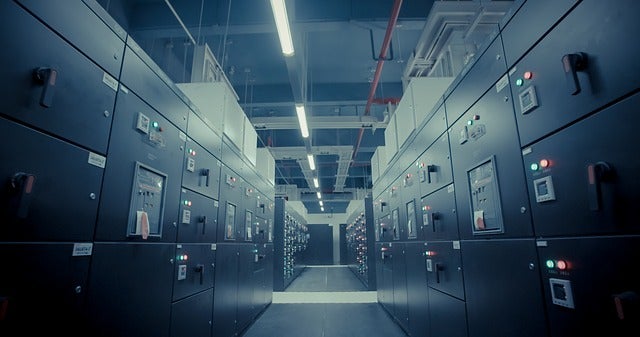
Energy supply concerns are nothing new in the data centre space. Supply, and the type of supply often dictates location choices. Territories with high reliance on coal for power tend to be less attractive. The carbon cost is simply too high.
In the afterglow of November 2021’s UN COP26 climate change conference in Glasgow, power generators and grid operators are highlighting their commitments to clean energy and grid decarbonisation. But as with data centre operators, their primary function is to keep the power on.
The context of this is the decline of coal-fuelled power generation. According to www.carbonbrief.org’s map of the world’s coal power plants, 268 GW has been retired across the EU and US. A further 213 GW is due to retire shortly and 19 of the world’s 80 coal-powered countries plan a complete phaseout of the fuel, including the UK and Germany.
However, decarbonisation is not simply a task for the suppliers it is also a data centre operator’s responsibility. To achieve the goal of sustainable energy, data centre designs require “dynamic harmony” between different systems.
CHP is one approach that can provide more efficient operations while helping the energy sector decarbonise its infrastructure and supply.
Harmony is needed because demand for data centres can only go one way.
The CBRE Q1 report for Europe estimated new datacentre supply of 399 MW was added in the FLAP (Frankfurt, London, Amsterdam, Paris) markets in 2021. In Germany, Google says it will spend €1 billion on data centres and renewable power in this decade. As demand grows, JLL reports that “the data centre industry is feeling the heat to use more efficient systems, renewable energy, and carbon-cutting practices.”
Data centre construction is being pushed by planners into availability zones. Enterprises, hyperscalers and large commercial operators are moving towards campuses and parks for new data centre builds. Here is where scale can make a meaningful contribution to sustainability through integration with district heating infrastructure, microgrids and local renewable energy sources.
Note also that JLL’s latest sustainable real estate survey of over 550 corporate real estate leaders found that 7 in 10 occupiers are willing to pay a rental premium to lease green buildings in the future.
For data centres, on-site power generation and microgrids are undoubtedly the way forward. Mega data centre campuses and technology centres cannot continue to solely rely on utility power. Designers need to consider alternatives. An approach is needed that includes an energy balance audit detailing how power at the site is generated and used, and how the waste heat harvested on-site is re-used.
It is time to evaluate the benefits and advantages of CHP designs.

CHP can deliver sustainable response to user demand while relieving the grid (in capacity and carbon terms), not adding to but actually reducing marginal emissions, helping shift from dirty fuels and enabling local microgrid development. In heat harvesting terms, CHP plants can provide high-grade heat for domestic and commercial use.
Historically, there has been a reluctance in the data centre industry to install combined heat and power. This has been partly due to an emphasis on short payback periods. Data centres prefer three-year payback periods, which was half that of typical CHP deployments. But this situation might be altering rapidly, driven by energy price volatility and changes in how the dollar value of sustainability is defined by governments, customers and investors.
The sustainability case for CHP designs is already strong. This and the rapidly transforming economics of energy markets may combine to make CHP more financially attractive for data centres.
This article first appeared in Modern Power Systems magazine.






